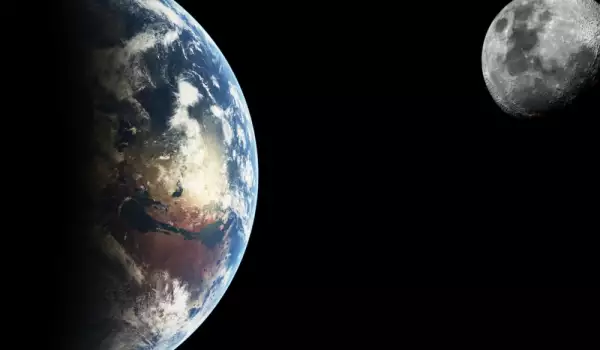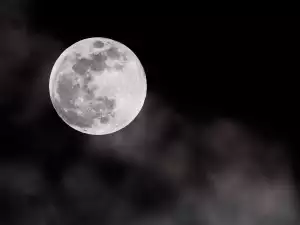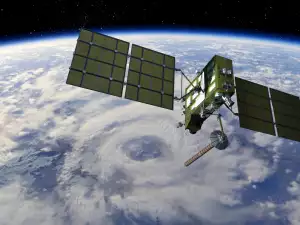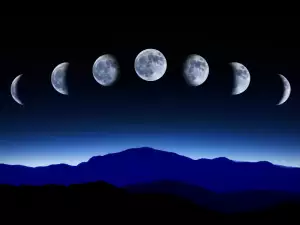New data collected form scientists at Osaka University show that Earth's natural satellite steals bits of its atmosphere every day. The study was published in Science News journal.
The discovery was made after analysis of data gathered by the Japanese Kaguya spacecraft, which orbited the Moon from 2007 to 2009. Astronomers found that for several days each month, parts of the Earth's atmosphere were headed toward the satellite.
The Moon primarily absorbs oxygen atoms from the uppermost layer of our atmosphere.
The data also reveal that every cubic centimeter of the Moon receives about 26 000 oxygen ions from the Earth per second. According to experts, this process has been going on for 2 billion years now.
And even though the Moon is regularly receiving huge doses of oxygen, it's not enough for it to form its own atmosphere. But scientists believe that the natural satellite still holds part of Earth's ancient atmosphere.
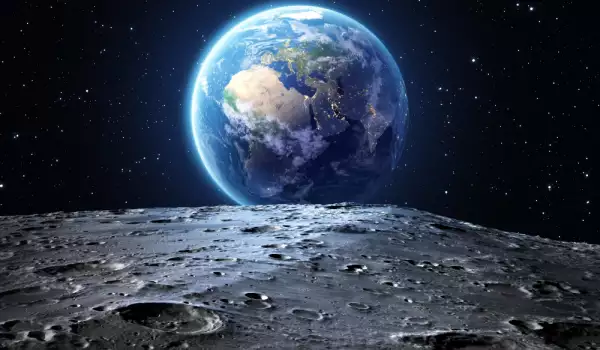
It would be difficult to differentiate between the atoms coming from the Sun from those coming from our own planet.
The oxygen atoms on the Moon are ionized by the Sun's ultraviolet rays. Then they are sped up by the Earth's magnetosphere, which is extremely wide and fully encompasses the Moon's orbit.
Numerous hypotheses exist about the formation of the Moon but according to the most widely accepted theory, our natural satellite formed about 4.5 billion years ago after a collision between Earth and the planet Theia.
